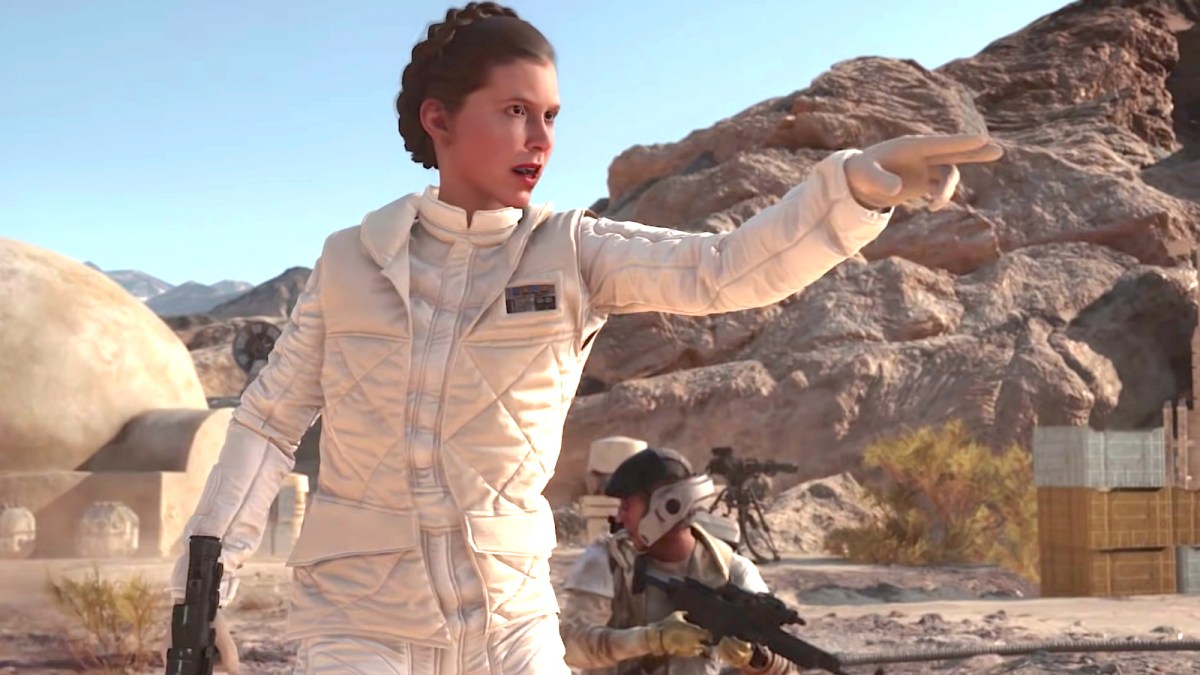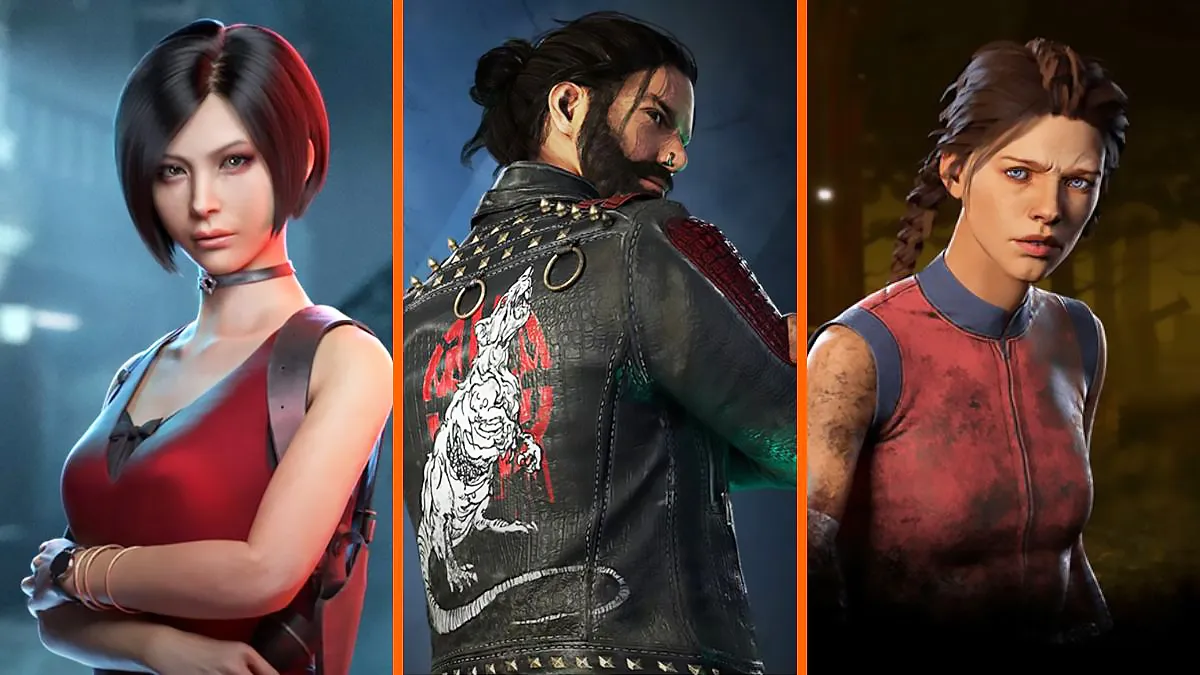Pokémon has been popping up all over the map for the last 25 years. Maybe you’ve watched the animated television series, or maybe you’ve played one of Nintendo’s many video games. But what about the Pokémon trading card game? If only you knew how to play, you would.
Well, that’s not going to be a problem anymore. With this quick guide, you can learn how to play the Pokémon Trading Card Game in no time. Let’s get started!

Pokémon TCG basics
You probably already know that Pokémon features trainers (like Ash, pictured above) who develop and evolve Pokémon (like Pikachu, pictured below) into fighting machines. Then they lead their Pokémon into battle with the beasts controlled by other trainers.
The trading card game enables you to play directly on a table against friends. Each player starts with a deck of 60 cards, which represent many Pokémon, trainers, items, evolutions, and the energy necessary to fuel your moves. Shuffle up those decks, flip a coin or roll a die to determine who goes first, then deal out seven cards from your deck as your opening hand.

How do you win the game?
The first thing you do after shuffling and drawing your seven-card opening hand is to deal out six prize cards face down from the top of your deck. Whenever you defeat an opposing Pokémon, you draw one of your prize cards into your hand. When you draw your sixth prize cards, you win.
But that’s not the only way to win a game of Pokémon TCG. You can also win if your opponent runs out of cards in their deck and has to draw one, or if you defeat your opponent’s active Pokémon and they can’t replace it from their bench of reserve Pokémon.

Navigating each turn

Once every player lays out their six prize cards face down, they each choose a starting Pokémon from their opening hand to play as their active Pokémon. Each participant must have an active Pokémon at all times. If a player has no Pokémon cards in their opening hand, they can reveal that hand, shuffle, and draw a new hand, continuing this process until they have a Pokémon to play.
If you do this, your opponent gets to draw one additional card into their opening hand for each time you came up empty.
Now that each player has an active Pokémon, players alternate taking turns. Each turn follows the same structure:
- Draw a card
- Develop your active and reserve Pokémon on your bench by playing cards from your hand
- Send your active Pokémon into battle to defeat opposing Pokémon
The first step is simple: Draw a card from the top of your deck to add to your hand. The next two steps get more complicated.

Step two is when you play cards from your hand. You need to build up your bench of Pokémon, who can evolve and become your active Pokémon later in the game. It’s important to have a bench so you don’t run out of Pokémon and lose the game. You can play as many Pokémon cards from your hand to your bench as you like each turn. You can also play as many item and trainer cards as you like, but you can only play one energy card on a Pokémon of your choice each turn.
To develop and use your Pokémon, you need to attach an energy card. There are many types of energy that correspond to different types of Pokémon: water, fire, lightning, psychic, etc. You should build your deck so you have the correct energy cards to pair with your Pokémon. Learn more about energy cards here.
In step two, you can also play an evolution card to evolve a Pokémon to its next level: First Stage 1, then Stage 2. You can use abilities of your Pokémon, and you can retreat your active Pokémon to the bench by paying its retreat cost. This involves choosing another Pokémon from your bench to become your active Pokémon. Learn more about evolving your Pokémon here.
Once you’re ready to battle, move to step three.
In step three, your active Pokémon can battle your opponent’s active Pokémon. Make sure you attached the correct energy card to your active Pokémon to do this! Your attacking Pokémon will assign damage to the defending Pokémon, using damage counters. Once the damage counters consume all that Pokémon’s hit points, it faints and returns to that player’s bench, where it must be replaced by another Pokémon or else that player loses the game.

Status conditions like Asleep, Paralyzed, Poisoned, and etc. are also applied here and will continue to affect the afflicted Pokémon until the costs to cure are paid. You can learn about status conditions here.
Once the battle is over and status conditions have been assigned as needed, your turn ends and you pass to the other player to take their turn following these same steps.
Now that you know the basic rules of the game, shuffle up your 60-card deck, find a friend to do the same, and have fun!






